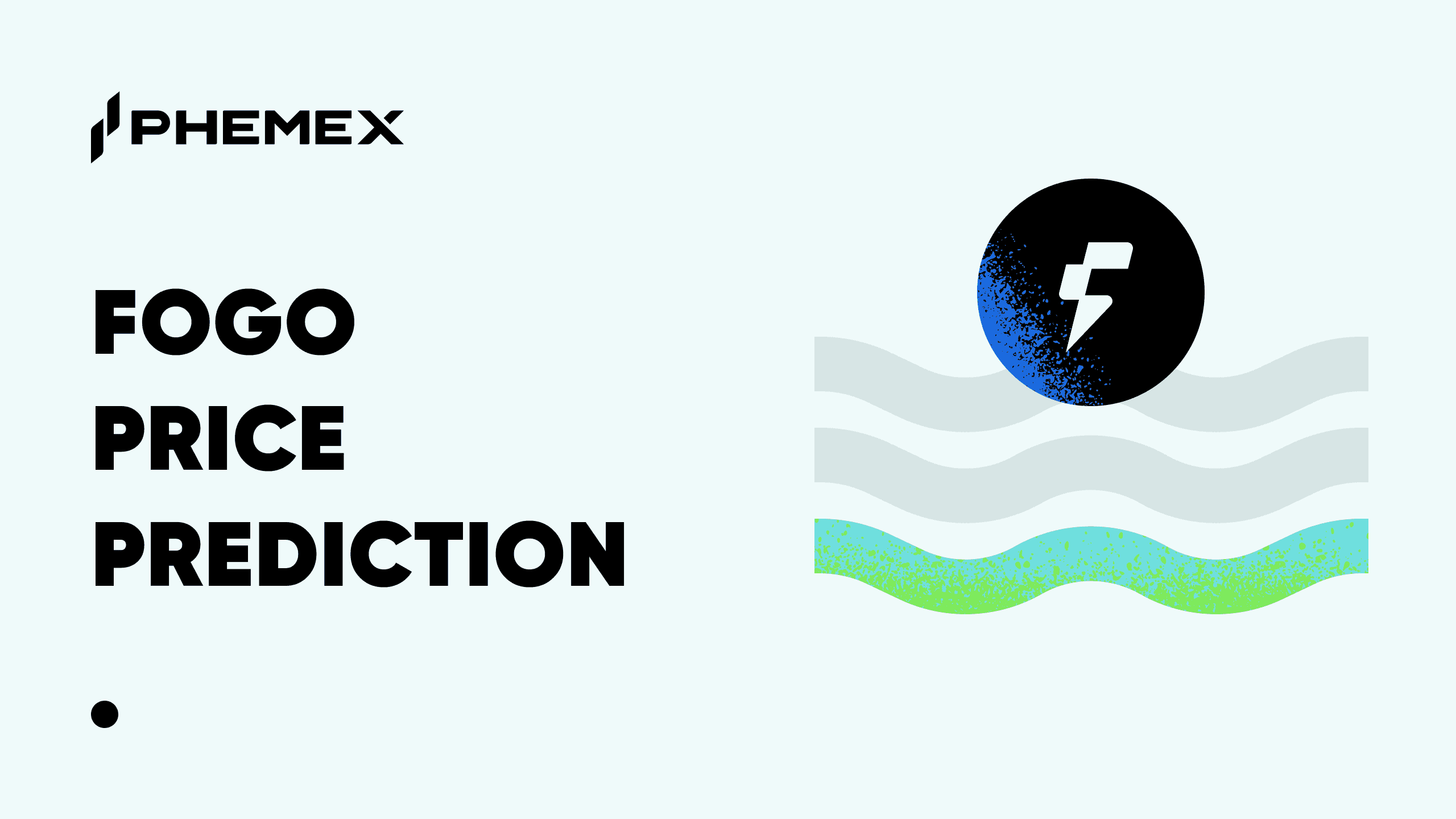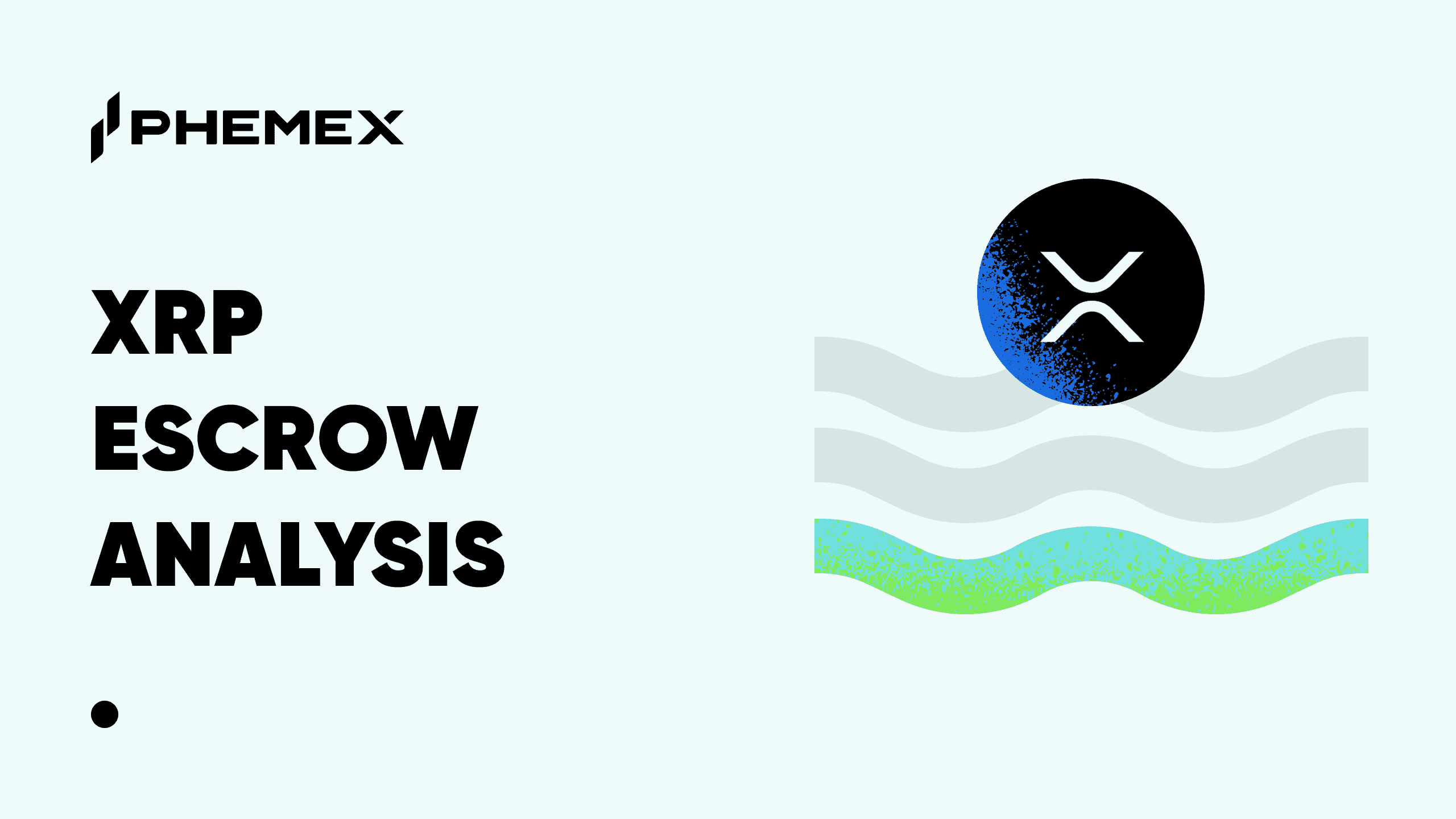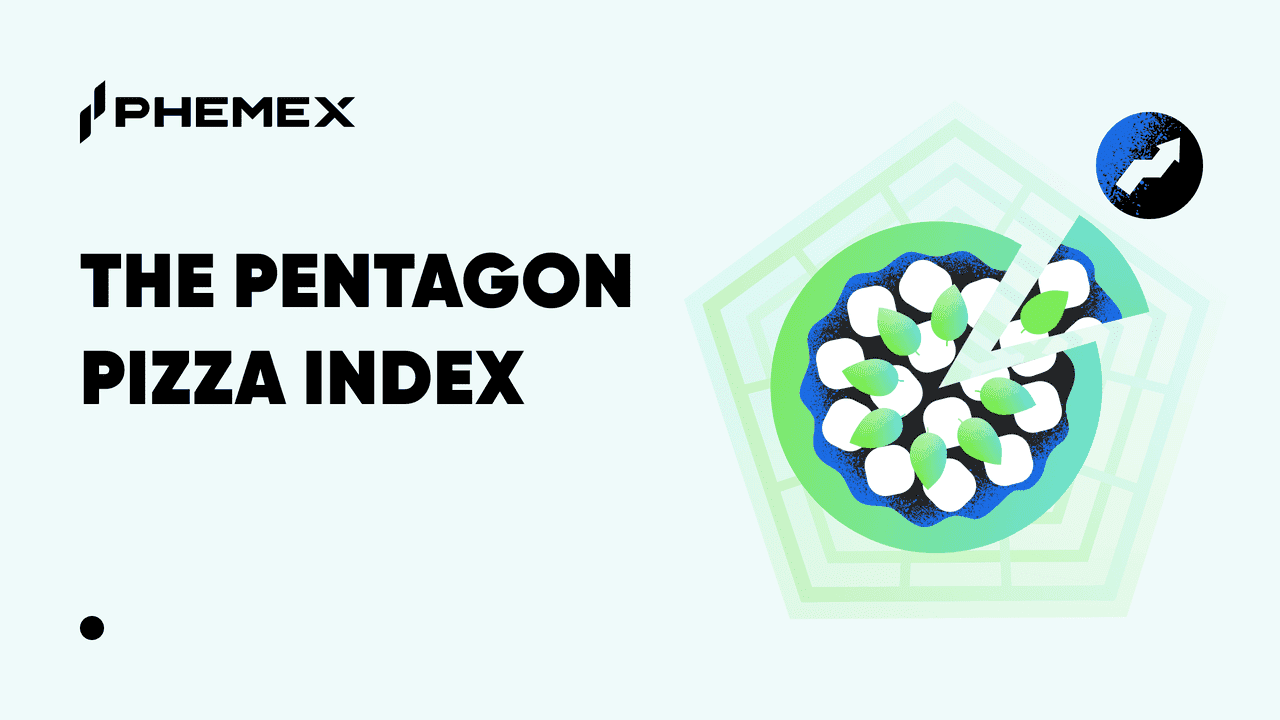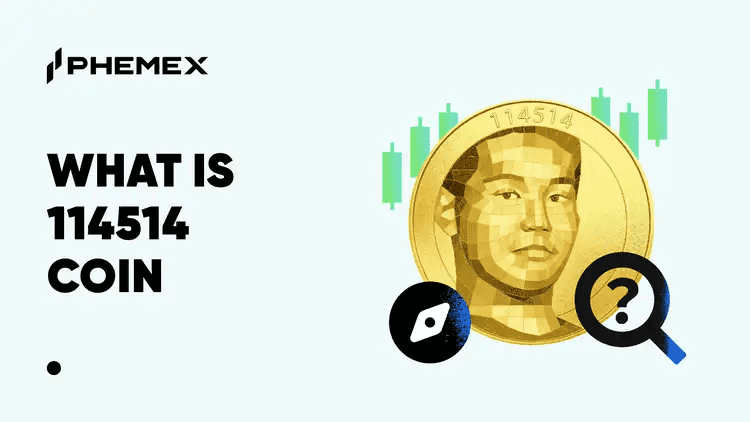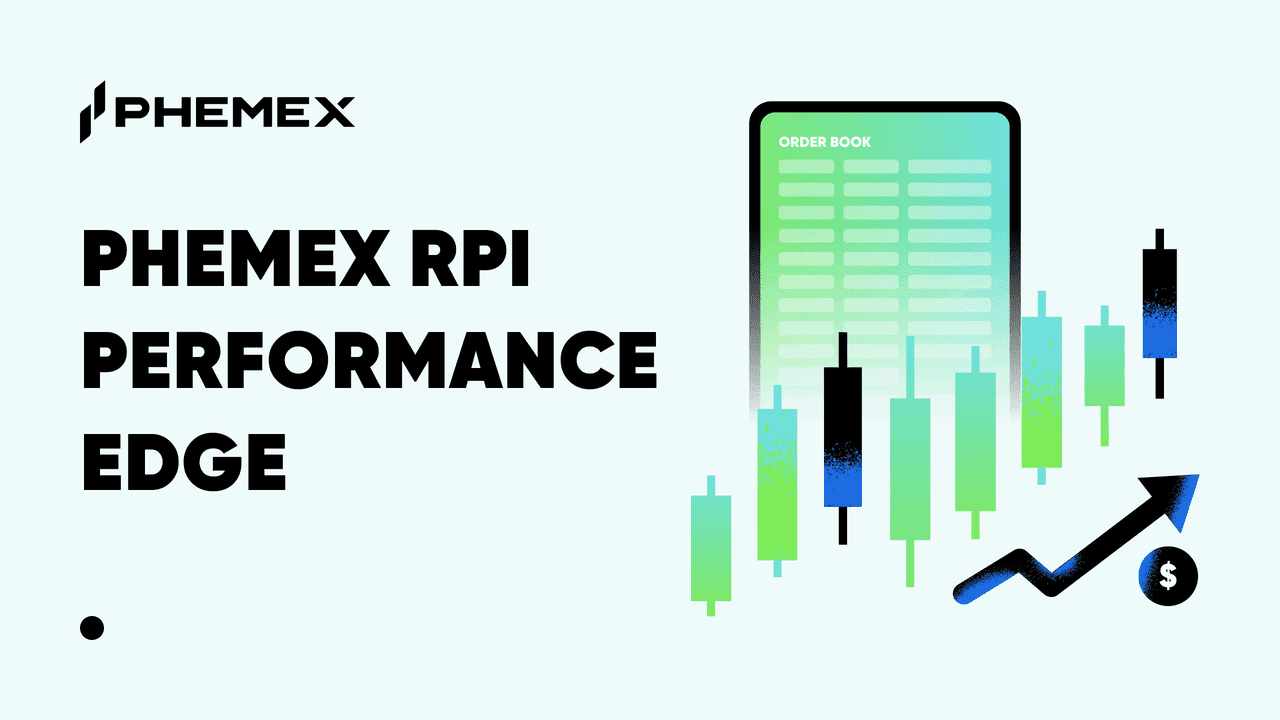Aave (AAVE) and Compound (COMP) are two popular decentralized applications (dApps) for cryptocurrency lending and borrowing. The DeFi industry is currently worth $200 billion and these two platforms are worth $30 billion combined. This comparison will break down the individual features and determine which the superior staking platform is for investors.

Aave and Compound were launched in 2018 and 2020 respectively – they’ve since gained recognition as the largest DeFi lending protocols and have processed tens of billions in lending volume. The total value locked (TVL) of Aave is two times greater at $21 billion compared to Compound’s $9 billion. The AAVE token has a $2.2 billion market cap and the COMP token has an $800 million market cap.
Both protocols are fully decentralized and utilize smart contracts to automate the lending and borrowing process, without any centralized entities controlling the capital flow. The transactions occur on the Ethereum (ETH) mainnet and other networks. They provide an annual percentage yield (APY) that varies based on the crypto staked.
AAVE and COMP are available on Phemex:
Summary:
- Decentralized Finance (DeFi) is a $200 billion industry. DeFi offers users the ability to trade and earn yield on their crypto assets without intermediaries.
- Aave and Compound are decentralized applications for borrowing and lending.
- Users can borrow their crypto assets such as ETH or stablecoins to receive an annual percentage yield (APY).
- The average APY ranges from 1% up to 30% for asset such as Tether (USDT). Both protocols offer similar APY for borrowing and lending.
- Total value locked (TVL) is a measure of the total assets deposited in an ecosystem. Aave has a TVL of $21 billion and Compound has a TVL of $9 billion.
- Aave offers “Flash Loans” which are smart-contract based loans that don’t require collateral for borrowing. Compound does not support flash loans.
- Aave offers support for multiple chains including Ethereum (ETH), Avalanche (AVAX), Fantom (FTM), and Harmony (ONE). Compound is only compatible with Ethereum.
- The collateral-to-borrow ratio on Aave is 75% and 66% on Compound. If a user deposits $10,000, they can lend up to $7,500 on Aave and $6,600 on Compound.
- The AAVE coin has a larger market cap than the COMP coin. AAVE provided a greater ROI for investors over the last two years.
What is Decentralized Lending?
Decentralized lending is different compared to traditional landing. A user deposits collateral to borrow an asset such as a USD stablecoin (i.e. USDT, USDC). They draw the assets from a collective pool that belongs to Aave or Compound. The users doing the lending deposit their assets and receive an annual percentage yield (APY) that ranges from 1-30% a year.
Traditional finance requires permission and is not decentralized. If a customer wants to get a bank loan, they have to comply with domestic KYC (know your customer) regulations and obtain permission from the bank. The bank knows their personal details and assesses their credibility based on their age, employment status, and previous debts.
On Aave or Compound, the transactions are conducted in a trustless manner. This means there are no KYC requirements or permission required to lend or borrow on the applications. The protocols use smart contracts – blockchain technology that automates the execution of lending and borrowing services once it meets a certain criteria.
For example, if a user deposits $100,000 in USDT as collateral they will qualify for a loan up to a certain threshold. They can also receive APY proportionate to the stake if they decide to lend out their money to other users on the platform. Aave and Compound are global platforms that service users in every country without restrictions. They also provide much higher annual yields for stable assets compared to traditional banks.
Users can even borrow without collateral. This is enabled by “Flash Loans” on the Aave network that Compound does not offer. A lender gives money to a borrower and instantly charges a 0.30% fee using an automated system. Aave has processed billions of dollars worth of flash loans.
What is Aave (AAVE)?
Aave is a peer-to-peer decentralized lending platform built for the Ethereum blockchain. Aave was founded by Stani Kulechov, a Finnish entrepreneur who now resides in Italy. Aave was originally known as “ETHLend”, but it was rebranded to Aave in 2020 to become a serious competitor in the lending space.
Aave has a $21 billion TVL, making it one of the largest DeFi applications. The native token of the Aave ecosystem is AAVE, currently trading at $165 with a $2.2 billion market cap. The Aave token is used for governance on the protocol to vote on Aave Improvement Proposals (AIPs).
Aave’s latest V3 version expanded from Ethereum to include other native blockchains such as Avalanche (AVAX), Harmony (ONE), and Fantom (FTM). Aave also supports Ethereum layer-2s with lower gas fees such as Polygon (MATIC), Arbitrum, and Optimism. Users can deposit stablecoins and crypto tokens for each network and receive APY which is automatically updated every second.

The AAVE protocol dashboard for the Ethereum mainnet.
Aave uses decentralized oracles from Chainlink (LINK) to provide price fees for their assets without using any centralized servers. The Aave website marketplace is fully hosted on the IPFS file system which is a serverless, P2P hosting service.
There are variable and stable APYs for borrowing on Aave. For example, a variable APY for borrowing USDT could be 3% for short-term loans and up to 11% for long-term loans. A stable rate could be 7% for a long-term loan. The longer users take to repay their loans, the more they pay in interest on variable loans. Conversely, the longer users stake their coins the more they earn in interest.
One of the main advantages of Aave is that it offers flash loans for instant borrowing without collateral. Flash loans are powered by smart contracts and used for arbitrage trading. They allow bots to purchase assets on one platform if the price is lower than on another network and make a profit on the difference. The process happens in seconds and the loans are immediately paid back.
Trade AAVE on Phemex:
What is Compound Finance (COMP)?
Compound is a decentralized lending platform similar to Aave. Compound was developed by Compound Labs, a California-based tech company. Compound started as a centralized lending service for crypto but re-branded to a decentralized service.
Compound’s protocol is only compatible with the Ethereum mainnet and users can lend/borrow stablecoins and volatile coins. One of the advantages of Compound is that the dashboard shows net APY for lenders:

The Compound Finance dashboard for supply and borrow markets.
The ERC-20 tokens supported by the Compound network are similar to those offered on Aave, but the APY’s vary. Users need a decentralized wallet such as MetaMask and Ethereum to start lending and borrowing on the protocol. One of the disadvantages of Compound is that it doesn’t offer support for multiple networks.
Compound’s main token is the COMP token, and is currently trading at $125 with a market cap of $830 million. The token is used for governance on the compound network.
Trade COMP on Phemex:
Aave vs Compound: Which is Better?
Aave and Compound comprise 15% of the total DeFi industry TVL. Using analytical data we can determine which service wins based on multiple metrics such as TVL, collateral-to-borrow ratio, APY, network support, and token performance.

Collateral
Collateral is required to utilize lending services on both protocols. The borrow-to-collateral ratio on Aave is 75% and 66% on Compound. This means Aave provides more competitive collateral requirements conditions for borrowers.
If a user deposits $100,000 in USDT on the Aave network they would be able to take out a loan amounting to $75,000. On Compound, they could take out a loan worth $66,000.
- Winner: Aave
APY
The annual percentage yield, or APY, is a measurement unit for the profit potential a deposit can generate in the staking platform. There are two types of APY on the protocols: “Supply APY” and “Borrow APY.”
Supply APY is the APY a user can expect if they decide to lend out their crypto by staking it to the supply pool on Aave or Compound. Borrow APY is the interest rate a user has to pay back and it can be variable or stable.
The APY on both platforms varies. As Compound only supports the Ethereum network, we can compare popular stablecoins such as USDT and USDC that are available on both.
For staking: Aave offers a 2.73% supply APY for USDT and Compound offers a 3.07% supply APY for USDT.
For borrowing: Aave offers a 3.68% interest rate for USDT and Compound offers a 4.41% rate for USDT.
This means the rates on both services are equal – Aave offers better deals on certain coins and Compound offers better deals on others. The decision should be made based on the individual portfolio of the trader and which coins they want to stake. For example, if they want to stake USDT they would get a better deal on Compound and if they want to stake USDC then Aave is the better choice.
- Winner: Tie
Total Value Locked (TVL)
Total Value Locked is a measurement unit that tracks the combined assets locked in an ecosystem. The TVL is transparent on the public blockchain ledger and analytics websites track the data for growth reports. The TVL of Aave is $21 billion and the TVL of Compound is $9 billion.
The TVL on the Aave network is two times greater. The difference could be attributed to their multi-chain support with larger coin offerings and flash loans which incentivize arbitrage bots to borrow tokens from their pool.
- Winner: Aave
Network Support
Ethereum’s high gas fees make it expensive for users to onboard and deposit. This is why new low-fee chains and layer-2 solutions were invented. Aave offers support for Ethereum mainnet, Avalanche, Fantom, Polygon, Harmony, Arbitrum, and Optimism. Compound is only compatible with the Ethereum mainnet.
Aave’s team has expanded their platform to attract users from other chains while providing lending/staking services for the same stablecoins – i.e. Avalanche users can stake USDT on Aave without paying high gas fees.
This means Aave has a clear edge with support for more tokens across different chains. Stablecoins such as TerraUSD (UST) provide yield up to 15% on Aave while they are not supported on Compound.
- Winner: Aave
Token Performance
The AAVE and COMP are both governance tokens that are used to vote on proposals in their DAOs (Decentralized Autonomous Organization) – they are not used within the application itself for payments. We compared the ROI for both tokens over the last two years:

The ROI of AAVE and COMP coins over the last two years.
At the time of writing, AAVE is up 293% from early 2021 and COMP is up 20%. Both tokens are currently in a downtrend, possibly due to bearish sentiment in the altcoin market. At the peak of their performance last year, AAVE provided 1400% (14x) returns and COMP provided 700% (7x) returns. AAVE clearly outperformed COMP over the last two years.
- Winner: Aave

Conclusion
Aave is a clear winner in the showdown against Compound once we account for metrics such as token performance, collateral requirements, TVL, and multi-chain capability. The protocols are tied in regards to APY as some tokens are more profitable on Aave while Compound can offer better deals for other tokens.
Aave offers technological advantages that do not exist on Compound such as flash loans and multi-chain support. This gives them an edge in terms of attracting traders for arbitrage and regular users who want to avoid paying high gas fees on the Ethereum mainnet.
Users should pick their ideal platform based on the coins they want to stake and borrow by emulating the rates on each platform and finding the best deals for their situation. The AAVE and COMP governance coins are both supported by Phemex and users can deposit and trade them on our spot and futures markets.
Read More
- What is Compound Finance (COMP): An Autonomous Money Market for DeFi Developers
- What is Aave: A Top DeFi Lending Platform
- What Is cETH: The Currency of Compound’s Ethereum Lending Pool
- What Is DeFi: How To Be Your Own Bank With $100
- Resurgence of DeFi: LINK, AAVE, and New Developments like HYPE
- What is Acala Network: An All-In-One DeFi Platform
- What Is DeFi Llama: A DeFi Analytics Dashboard for Professional DeFi Traders
- APR vs. APY in Crypto: Which Gives Better Returns?






